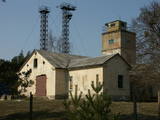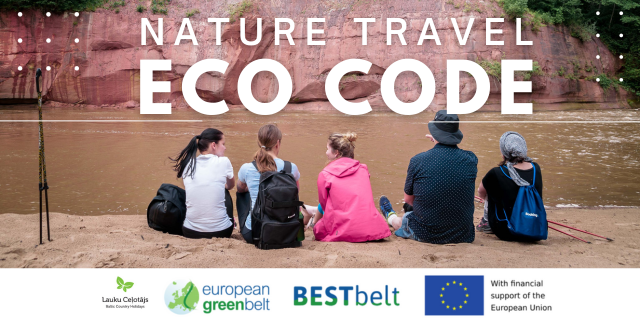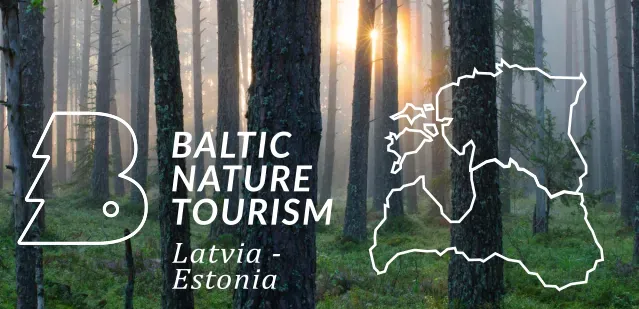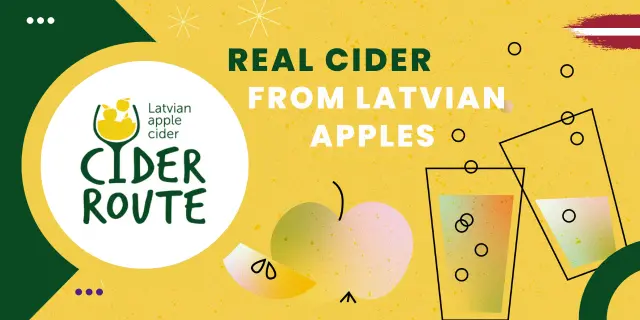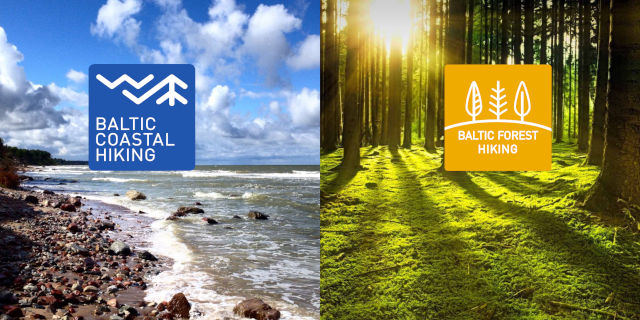The frontier regime in Kolka
We were excited children, and apparently we just didn’t notice that we had swum away from the “official” location for swimming. All of a sudden we spotted a border guard on horseback who galloped in the water to chase us away. We were all terrified.
I was a child in the mid-1950s, and I remember an incident in which we children were swimming at the Kolka beach. At that time, there were specific places in Kolka where you could swim. We were excited children, and apparently we just didn’t notice that we had swum away from the “official” location for swimming. All of a sudden we spotted a border guard on horseback who galloped in the water to chase us away. We were all terrified. The feelings back then were very odd. We were living on the seashore, but to go to the beach, you had to go to specific locations that were further away. You weren’t allowed to walk across the dunes. Even in the village the beach was harrowed so that if someone walked there, there would be easily visible footprints. Recently I found a photo of my mother that was taken in 1952. Only with my current understanding do I see the harrowed beach behind her and a military ship on the horizon. At that time we were accustomed to such things. We all had permits. We had to present our documents in Mērsrags (seldom) and ahead of Roja and Kolka, where there were border guards who blocked the road. By the 1980s, there were fewer controls. There was a border guard facility in Kolka. We got along well with the guards. They were often allowed to go to the movies in Kolka. I’ve heard that there was a fight at a party, but those were naval troops serving on Cape Kolka. The Soviet military left everything in good order. Everything that happened since then was done by the locals themselves.
| Tourism objects involved in this story | ||
|---|---|---|
The Cape of Kolka is freely accessible to local residents and tourists today, but the border guard facility still serves its purposes and is not open to civilians. |
||

